The World Trade Organization (WTO) defines e-commerce as “the production, distribution, marketing, sales or delivery of goods and services by electronic means”. This publication is part of Business LANDSCAPE series which is a series of research publication aims to highlight the current situation of Iraq’s economy and private sector through publishing researches and data and make it freely available for the benefit of investors, and the local and international community This study is published in partnership with German Government via the Deutsche Gesellschaft für Internationale Zusammenarbeit (GIZ) GmbH. | 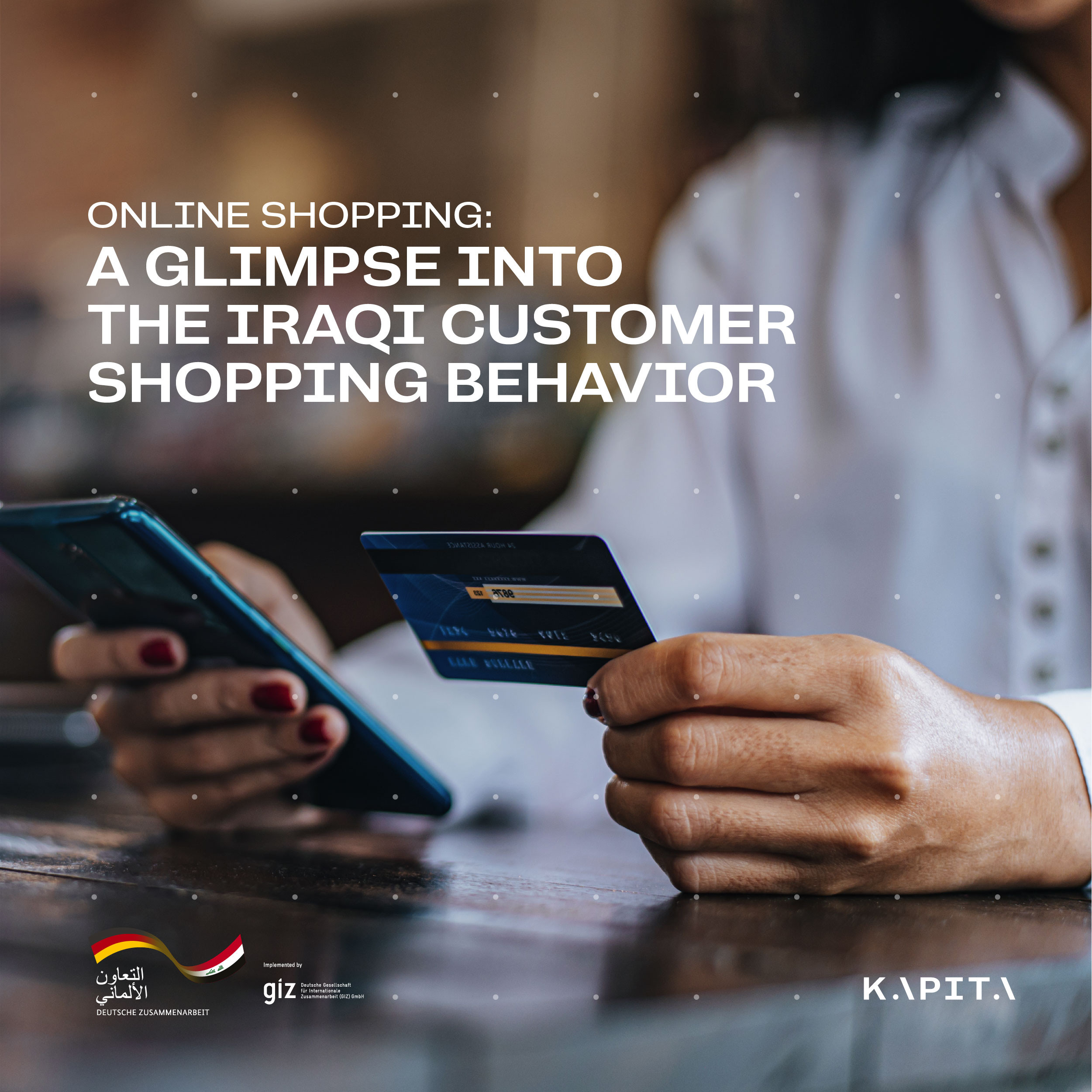 |
The World Trade Organization (WTO) defines e-commerce as “the production, distribution, marketing, sales or delivery of goods and services by electronic means”. Currently, 75% of the Iraqi population has access to the internet, and 61.4% of them are on social media platforms. The internet made it easier to communicate with retailers, anywhere and at any time. This created a demand for retailers to adapt to the continuously changing needs of the Iraqi customer that shifted from being limited by a few items at certain shops to a variety of brands that are not limited by Iraq’s boundaries.
With the eruption of the COVID-19 pandemic, online shopping became a safer, more convenient way to purchase items, and at times, the only means of purchasing needs as lockdowns were implemented. Online shopping activities increased alongside the global increase in COVID cases, as the restrictive measures hindered the in-store shopping process. Therefore, many store-bound retailers were forced to enter the online retail scene and work out a way to reach their quarantined customers.
The Iraqi e-commerce market is proliferating, with expected revenue of 3.815 billion US dollars in 2021 and a projected market volume of 5.6 billion US dollars by 2025 (Statista, 2021). This research is aimed at discovering the ‘path to purchase’ among Iraqi consumers, from product discovery to searching it online, up until ordering it and providing feedback.
This research first looks into the trend of online shopping; the frequency and total expenditure. Findings showed that over three quarters (79.35%) have shopped online in the past three months, with 61.22% of respondents placing 1-3 orders, mostly spending 50-100$ on their purchases. Such numbers display a high demand and promising future prospects when it comes to Iraqis shopping online.
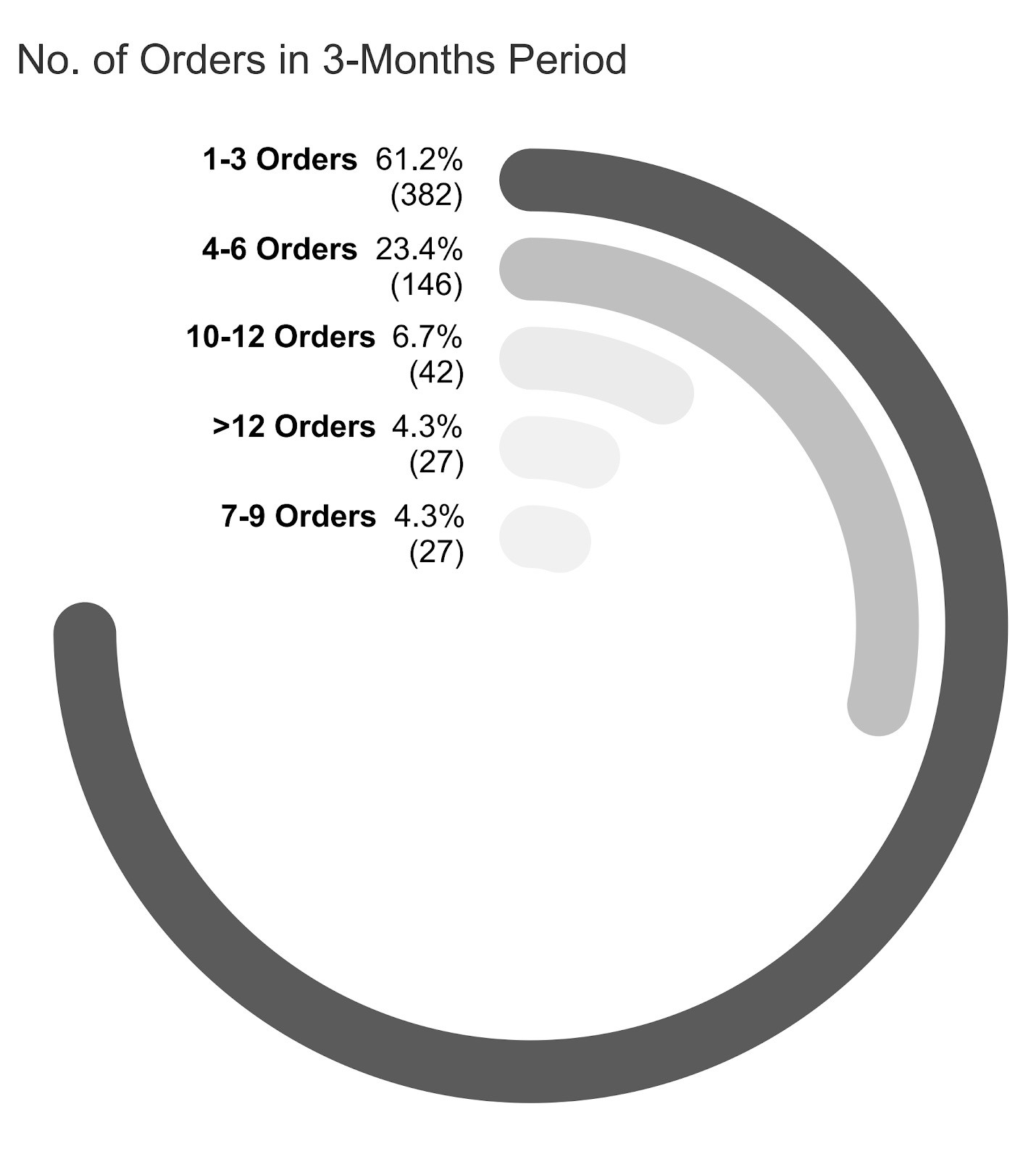
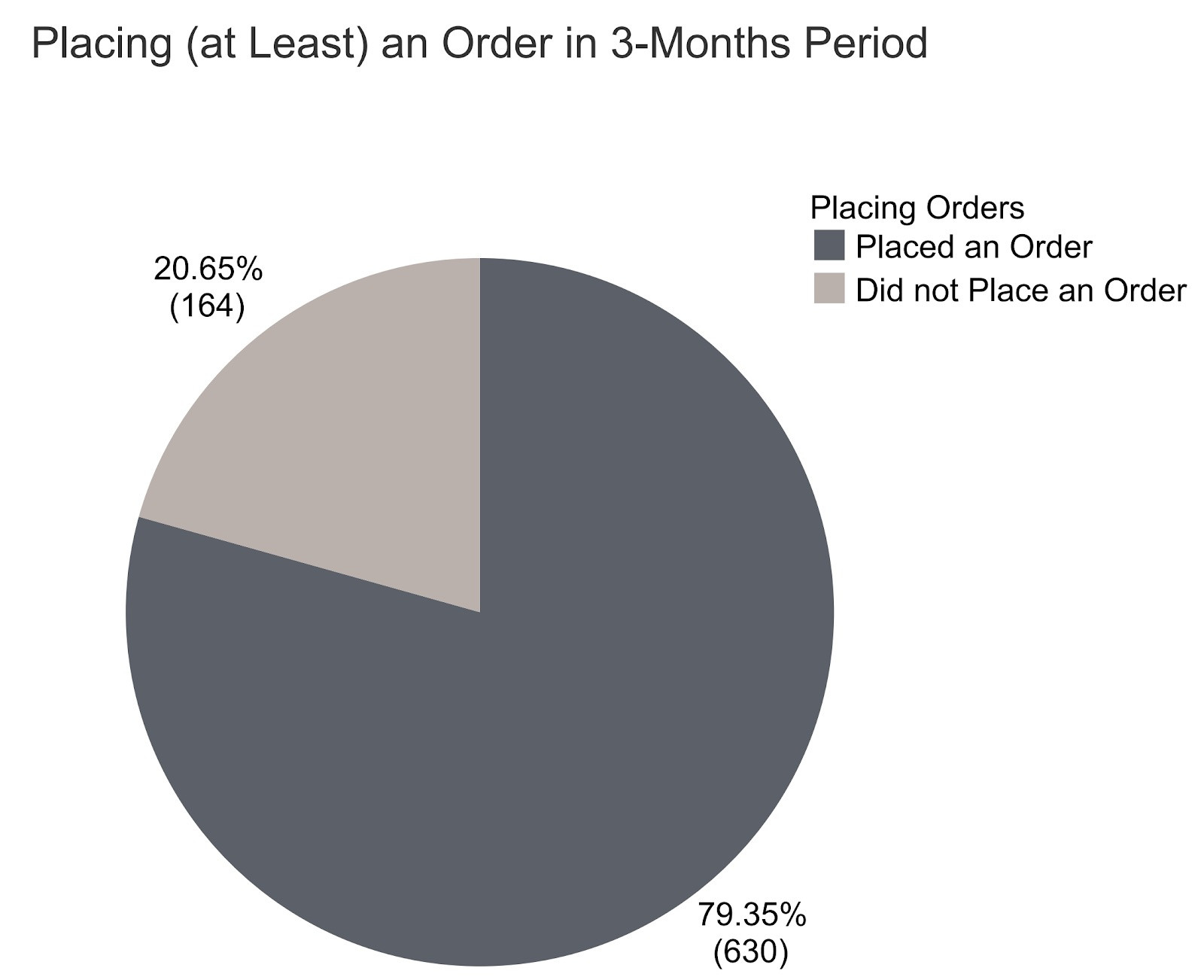
The second part of our research investigated the content of the Iraqi consumer’s shopping cart, women-related products were the most common items chosen with 50.48% buying women’s clothes. Second to women’s attire came electronics, home equipment, home decor and accessories, men’s attire, and perfumes. The research showed low demand for ordering groceries, children-related products, and books, among other categories.
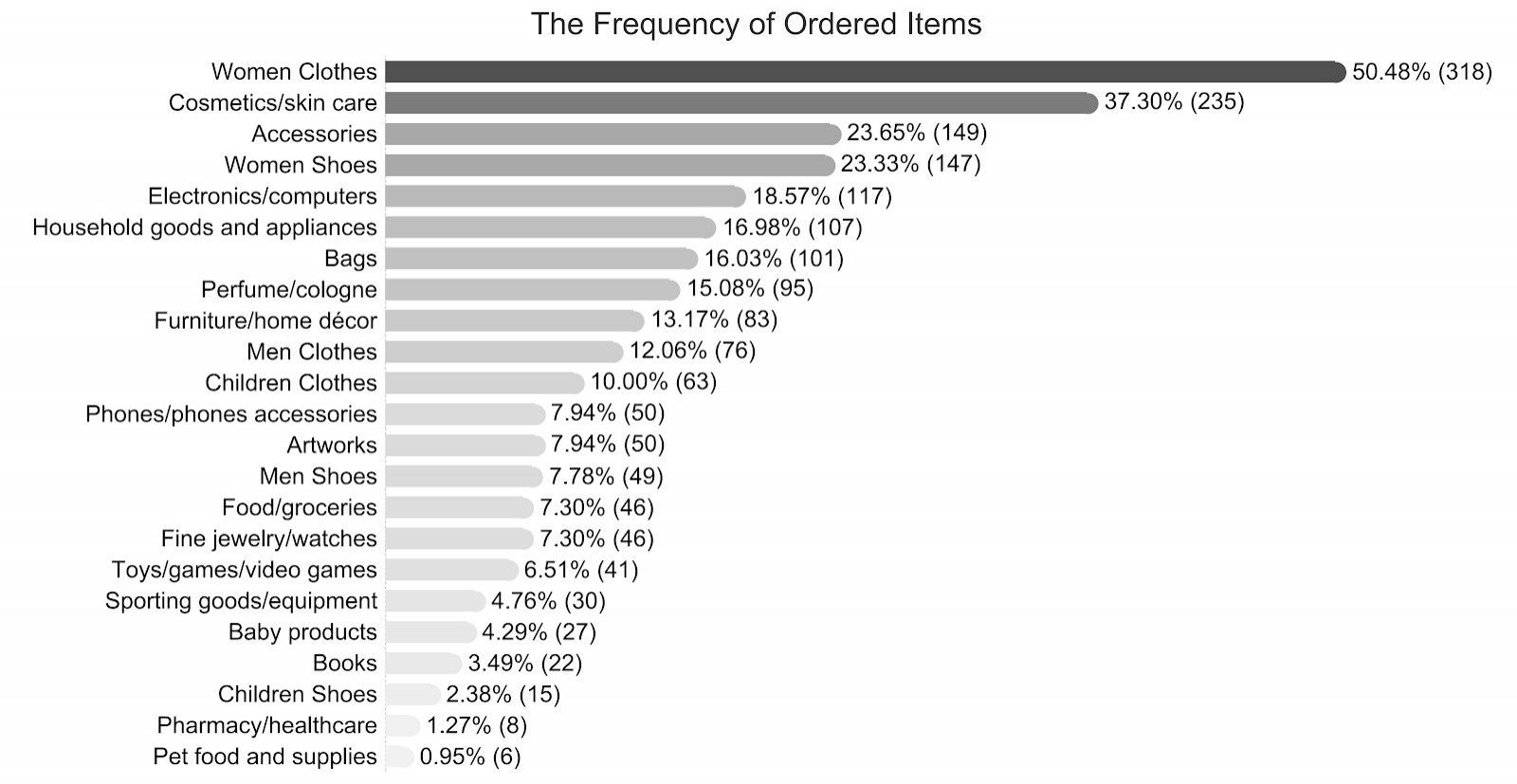
In this research, the motives behind favoring online and in-store shopping were questioned. Our sample illustrates that the convenience of online shopping, as well as the 24/7 access to products, were the main reasons for favoring online shopping over in-store shopping. While in-store shopping was favored due to concerns regarding how a product actually looks and feels, its authenticity, and the inclination to try and feel the product before purchasing it.
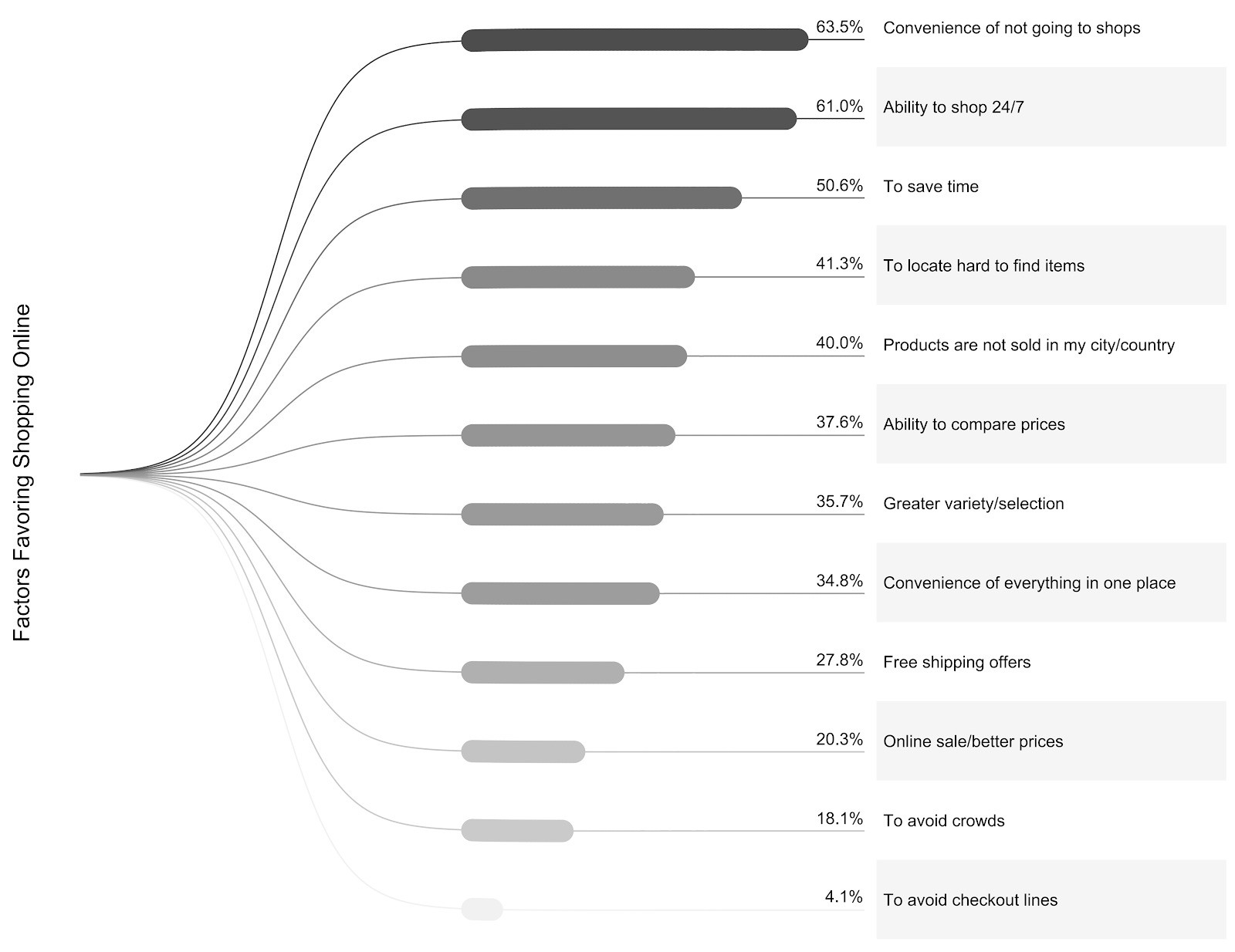
This research delves deep into the E-tailer market, the shopping media, preferred shopping device, and surfing the net while shopping. The majority of respondents (42.49%) reported making their purchases from retailers having a physical store as well as an online shop, stating the importance of having an online store concomitantly with a physical one. As for preferred devices for online shopping, our results display an overwhelming preference for smartphones (79.21%) as the main device used for online shopping. Lastly, on the point of surfing the net while shopping, many shoppers (78.41%) use their smartphones in-store, mainly for price comparison purposes.
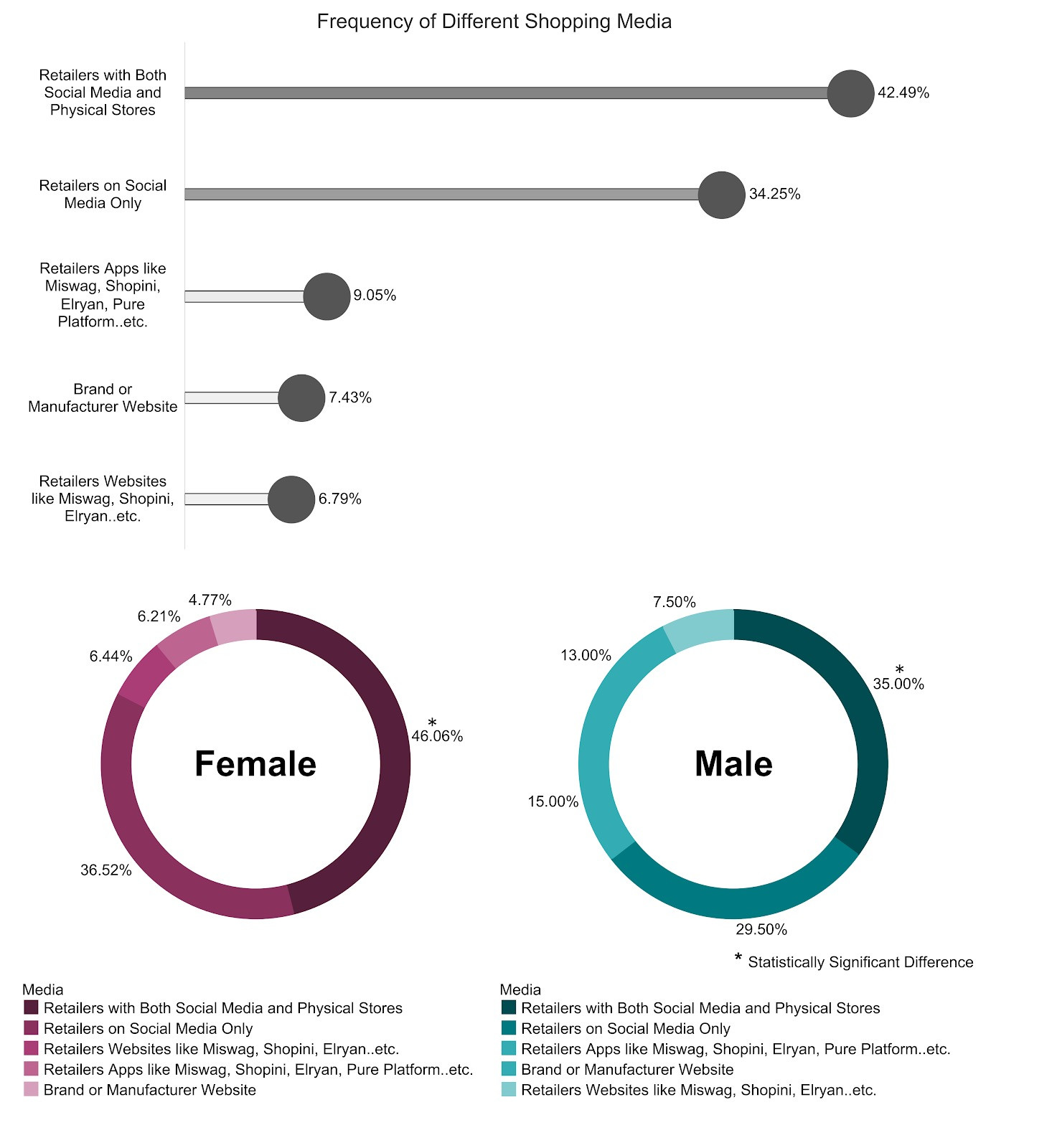
The research also examines the purchasing journey, which consists of product awareness, product consideration, making a purchasing decision, and providing feedback. Our research showed that the three most prevalent means for the Iraqi buyers’ awareness of a product were either through an online advertisement, a seller’s online page, or a post on social media platforms. Later, while considering the product, our respondents search for product reviews and chat with friends and family regarding the purchase. The research concludes with examining the duration it takes the average consumer on his purchasing journey.
